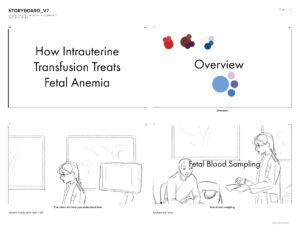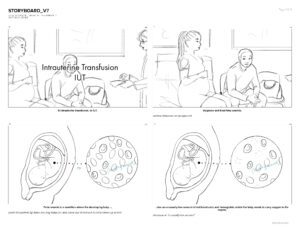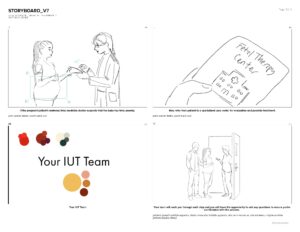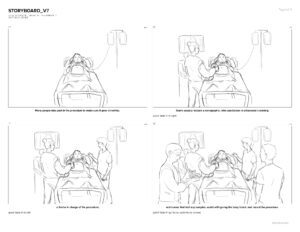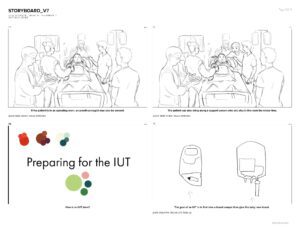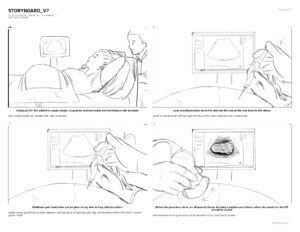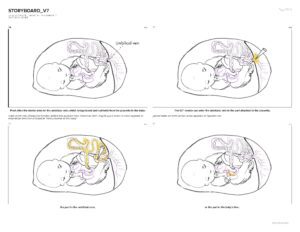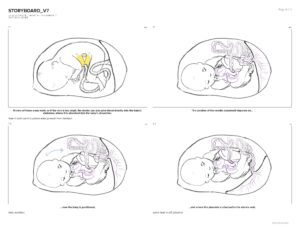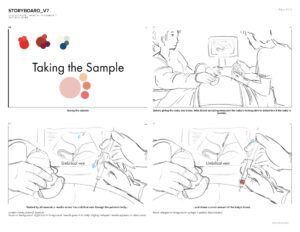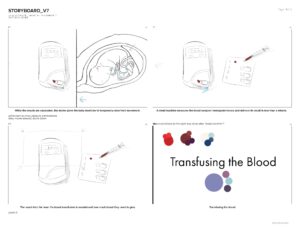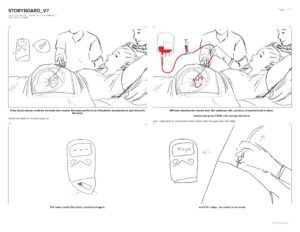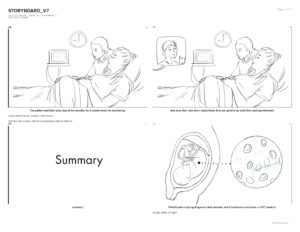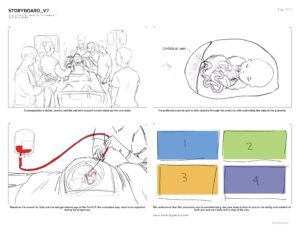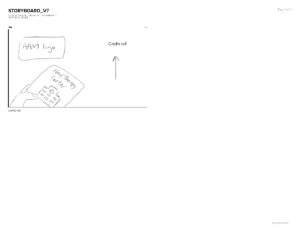Creating Accessible, Patient-Centered
Education Materials for Fetal Blood Sampling
and Intrauterine Transfusion
Fetal anemia, caused by conditions such as hemolytic disease of the fetus and newborn (HDFN) or parvovirus B19 infection, can lead to severe complications, including hydrops fetalis and fetal death. The most common treatment for fetal anemia is intrauterine transfusion (IUT), a lifesaving but historically risky intervention with limited patient-friendly educational resources. Existing materials often lack visual aids, are text-heavy, or contain outdated information, contributing to patient anxiety and knowledge gaps.
This study aimed to create and evaluate an animated educational video to improve patient understanding of IUT, reduce anxiety, and promote self-advocacy. The animation was designed using evidence-based multimedia learning principles and assessed for educational value and emotional impact. The animation was developed with iterative feedback from clinicians, patient stakeholders, and the Patient Education Material Assessment Tool for Audiovisual Material (PEMAT-A/V). A 5-minute animation depicting an overview of a typical IUT procedure at a high-volume fetal therapy center was produced. A study was conducted with 11 participants, including IUT-experienced and inexperienced individuals, to evaluate the video’s understandability (via the PEMAT-A/V) and emotional impact (via Likert scales and open-response feedback).
The animation scored 97.5% on the PEMAT-A/V, exceeding the 70% threshold required for effective educational materials. Participants rated it 4.5/5 stars and reported overall positive emotions (e.g. calmness, confidence) despite some anxiety-related responses. Key strengths included clear visuals of needle placement and explanations of medical terms. Feedback highlighted opportunities to expand content (e.g. complications, support resources) and adjust tonal elements (e.g. voiceover style).
This animation serves as an accessible patient education tool that improves understanding of IUT while reducing anxiety. It also demonstrates how patient-centered multimedia resources can bridge critical information gaps for rare medical procedures, ultimately empowering patients, improving informed consent, and setting a model for similar fetal therapy education initiatives.
